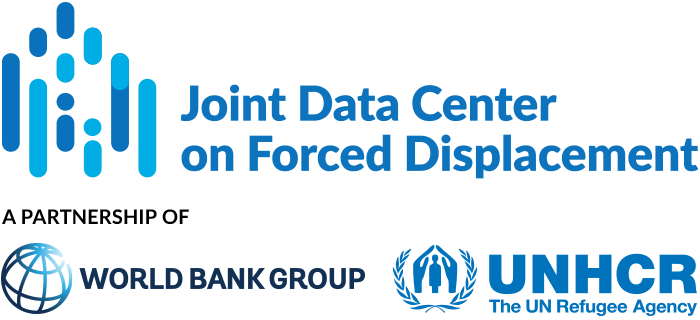This paper examines the impact of Venezuelan forced migrants on crime in Brazil. Since 2015, Brazil has experienced a large and rapid influx of forced migrants from Venezuela, with approximately 400,000 Venezuelans residing in the country by January 2023. Nearly 70 percent of these migrants have entered Brazil through Pacaraima, located in the northern state of Roraima, the only official land crossing between Brazil and Venezuela. This has disproportionately exposed the northern region to the influx of forcibly displaced individuals. This period of increased migration has coincided with a dramatic rise in violent crime rates in the northern states.
The authors exploit the variation in exposure to forced migration across Brazilian municipalities between 2010 and 2019. The analysis is based on panel data collected annually for all 5,570 municipalities during this period. Yearly data on violent crime is sourced from the Mortality Information System (SIM) managed by the Brazilian Health Ministry. To approximate the share of the Venezuelan population in each municipality, the authors calculate the share of Venezuelan students using data from the Brazilian School Census. The analysis controls for several variables, including GDP per capita, population density (per km²), formal sector employment, the share of young men in the total population, and primary education drop-out rates.
Main empirical findings:
- There is no significant effect of increased exposure to forced migration on overall violent crime rates in Brazil.
- The influx of Venezuelan migrants has led to an increase in violent crime involving Venezuelan victims, with no corresponding increase in violent crime involving native victims.
- The rise in crime involving Venezuelan victims is primarily driven by a surge in violent crime against male migrants aged 15 to 39 living near the border with Venezuela.
- The rate of violent crimes victimizing Venezuelans has increased at a slower pace than their presence in the host country, indicating they are not disproportionately affected compared to natives. In northern municipalities, a 10-percentage point increase in the share of Venezuelans results in only a 6.7 percentage-point increase in the Venezuelan share of violent crime victims.
The study concludes that the Venezuelan exodus to Brazil has not led to a general increase in violent crime rates but has specifically increased violent crime against Venezuelan victims, particularly young males in the border region. This finding underscores the need for targeted interventions to protect vulnerable migrant populations. The authors suggest two potential mechanisms driving the positive relationship between forced migration and crime in Brazil: anti-immigration-driven hate crimes and the presence of criminal organizations. However, further research is needed to confirm these mechanisms.


